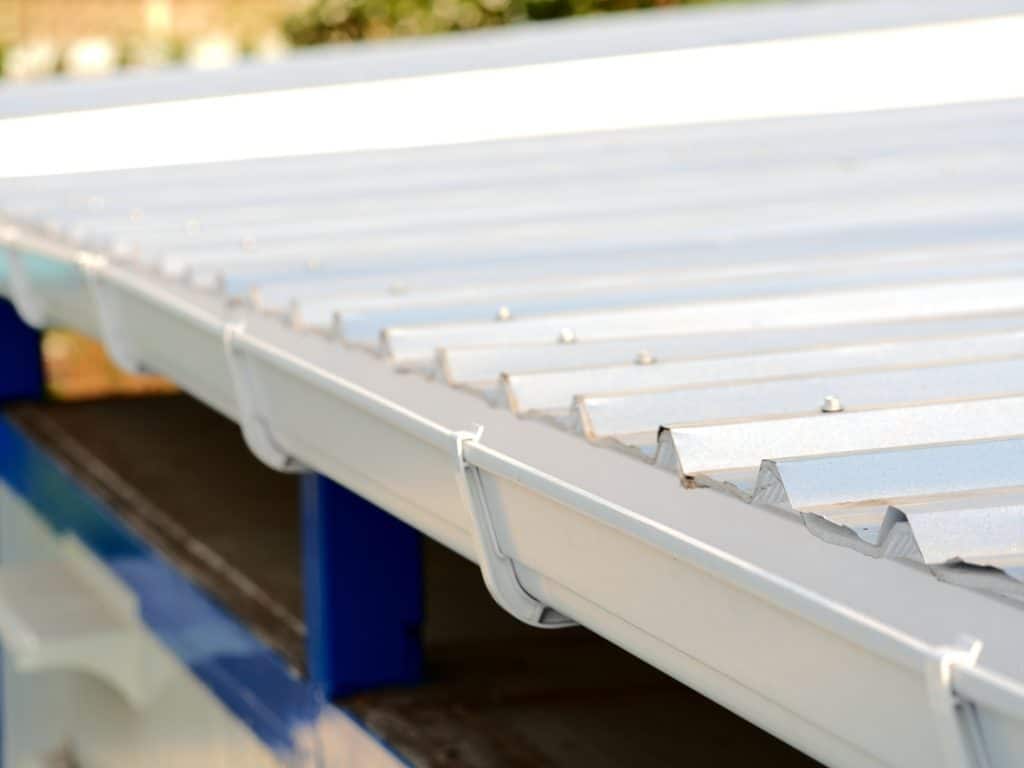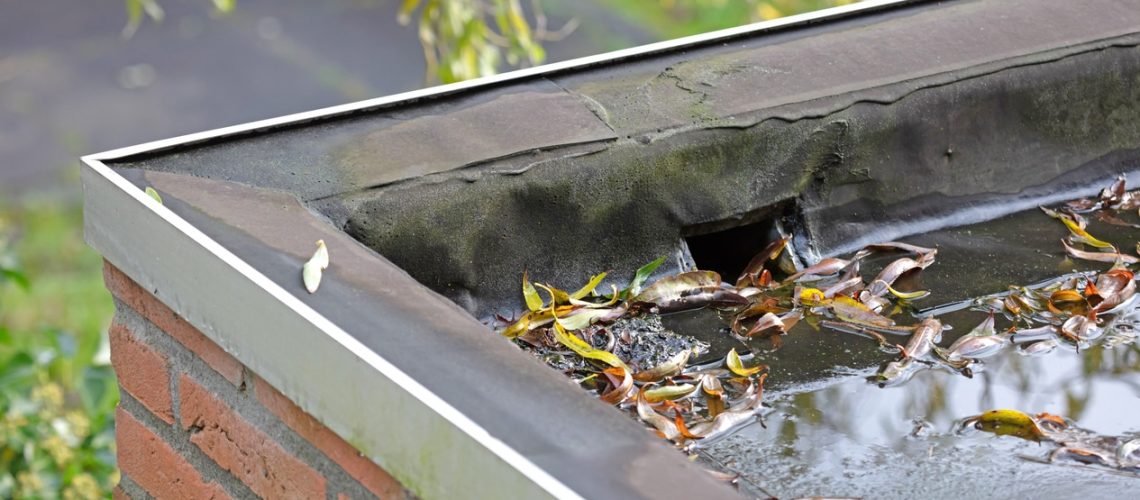Flat roofing in Calgary offers sleek aesthetics, space optimization, and excellent utility for commercial and residential properties. However, managing water drainage is crucial to maintaining the integrity and longevity of flat roofs. Whether you’re a commercial property owner or a homeowner, understanding these essential aspects of flat roofing drainage systems can help the well-being of your flat roof.
The Importance of Proper Drainage For Flat Roofing in Calgary
Our city’s climate presents a unique set of challenges for flat roofing in Calgary. Rapid weather changes that are tricky to predict, from heavy snowfall to occasional rainfall, can accumulate water on your flat roof. This standing water can compromise your roofing system’s structure, insulation, and membrane without effective drainage.
Proper drainage is essential for the following reasons:
- Prevents Water Ponding: Ponding water accumulating and remaining on the roof for more than 48 hours can lead to roof leaks, structural damage, and reduced insulation performance.
- Extends Roof Lifespan: Efficient drainage systems help preserve your flat roof’s longevity, reducing the need for costly repairs or premature replacement.
- Minimizes Weight Stress: Standing water can add significant weight to your roof, potentially exceeding its weight-bearing capacity and causing structural issues.
Flat Roofing in Calgary: The Types of Drainage Systems
There are two primary types of drainage systems used for flat roofing in Calgary:
Interior Drains on Flat Roofing in Calgary
Interior drains are located on the flat roof’s surface and are connected to a network of pipes that lead to a downspout or a scupper, which directs water away from the building.
Here’s how they work:
- Scuppers: These are openings in the roof parapet walls that allow water to flow off the roof and into a downspout or conductor head, which then directs the water to the ground.
- Drains: Interior drains are placed in low points or areas with adequate slope on the flat roof. They collect water and channel it into the building’s plumbing system.
Scuppers & Gutters
Scuppers and gutters are an exterior drainage system that directs water away from the roof edge and down the building’s exterior. Here’s how they function:
- Scuppers: As mentioned earlier, scuppers are openings in the roof parapet walls that allow water to flow directly off the roof.
- Gutters: Gutters are installed along the roof’s perimeter and collect water from the roof’s surface. Downspouts then direct this water away from the building’s foundation.

Factors Influencing Drainage System Design
Several factors influence the choice and design of a drainage system for flat roofing in Calgary:
Roof Slope
The slope of a flat roof is a critical factor in drainage system design. A slight slope is necessary to facilitate water flow towards drains, scuppers, or gutters. The ideal slope depends on local climate, roof size, and roof membrane type.
Roof Size & Shape
The size and shape of your flat roof influence drainage requirements. Larger roofs may require more drainage points or larger gutters to manage water effectively.
Local Climate
Temperature fluctuations and occasional heavy snowfall characterize Calgary’s climate. A drainage system must account for these factors, ensuring it can handle snow’s rapid melting and proper water flow during rain events.
Roof Membrane
The type of roofing membrane used can affect drainage. Some membranes are more resistant to ponding water, while others require more effective drainage to prevent damage.
Maintenance & Care of Flat Roofing in Calgary
Proper maintenance is crucial to ensure the longevity and functionality of your flat roof drainage system. Regular inspections and cleaning are essential to prevent blockages and address any damage promptly.
Here are some maintenance tips:
- Inspect Gutters and Drains: Regularly check gutters, downspouts, scuppers, and interior drains for debris and blockages. Clear any obstructions to ensure water can flow freely.
- Inspect Roof Surface: Examine the roof’s surface for signs of ponding water or areas where water may pool. If you notice issues, consult a roofing professional for a solution.
- Clean Debris: Remove leaves, branches, and other debris from the roof and gutters to prevent clogs.
- Professional Inspections: Schedule annual inspections with a roofing expert to identify any potential drainage system issues and address them promptly.
The Heart of Flat Roofing in Calgary: Drainage Systems
Effective drainage systems are essential for flat roofing in Calgary, helping protect your investment and prolong the lifespan of your roofing system. Whether you choose an interior drain system or opt for scuppers and gutters, proper design, regular maintenance, and attention to local climate conditions are key to ensuring your flat roof remains in optimal condition. By understanding the importance of drainage systems and following best practices for maintenance, you can enjoy the benefits of a flat roof while safeguarding your property from potential water-related issues.
City Roofing & Exteriors consistently takes pride in serving Calgarians. At City Roofing, we understand the importance of customer satisfaction. We put safety, quality work and on time delivery as our top priority. We work hard to assist our customers in providing proper roofing systems to meet their budget and needs. We offer completed roofing services in Calgary and area on both residential and commercial projects. We guarantee that you will be satisfied with our work and recommend City Roofing as your roofing consultant and contractor. Give us a call at 403-608-9933 or send an email to [email protected].


